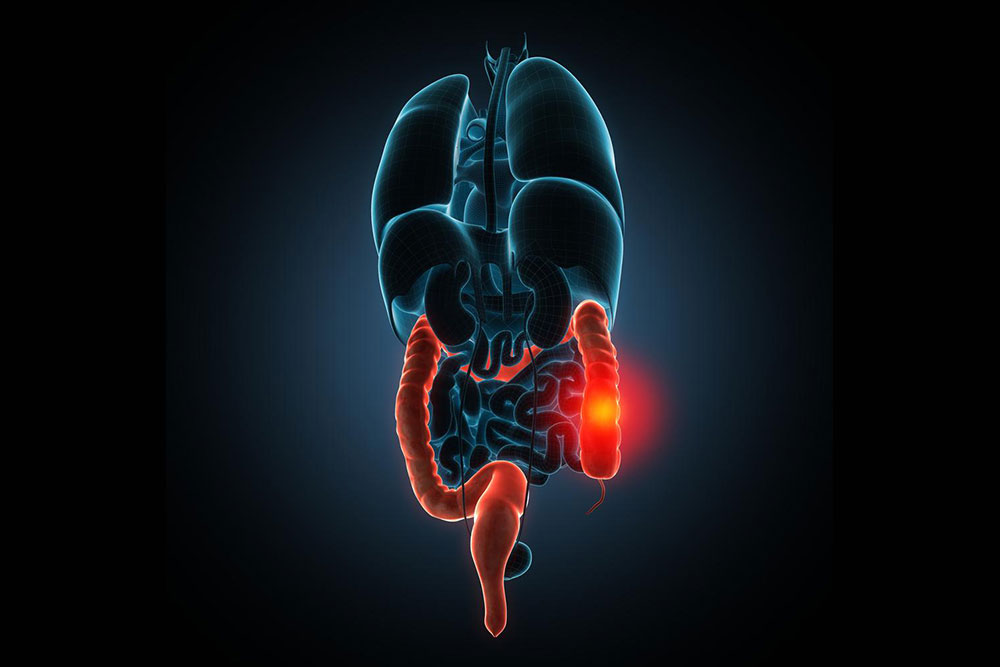Understanding Low and High FODMAP Foods for Digestive Health
Discover the essentials of low and high FODMAP foods to manage digestive health effectively. Learn which foods to include or avoid, and get tips to follow a safe, temporary low FODMAP diet with professional guidance. Suitable for those experiencing digestive symptoms or seeking dietary improvements.

Understanding Low and High FODMAP Foods for Digestive Health
If you're experiencing digestive discomfort or abdominal pain, you might be exploring a low FODMAP diet. This approach targets specific carbohydrates that can trigger digestive issues.
Adopting a low FODMAP diet can alleviate these symptoms, but it's crucial to follow a proper plan. While online resources are helpful for general knowledge, consulting a dietitian or healthcare professional ensures you get tailored guidance. A professional's support is especially important if you're managing digestive conditions.
This diet should only be followed temporarily, typically 6 to 8 weeks, or as directed by your healthcare provider.
Common 'healthy' foods may cause digestive issues; identifying problematic foods with your dietitian can help you reduce or eliminate them. Additionally, you might discover new food options that are better suited for your digestive health.
It's important to understand that FODMAPs consist of five categories—fermentable oligosaccharides, disaccharides, monosaccharides, and polyols—and not everyone reacts to all of them. Your body might only respond to certain types.
Foods high in FODMAPs include wheat, rye, barley, garlic, onions, lentils, chickpeas, certain nuts like cashews and pistachios, baked beans, soybeans, various dairy products (milk, yogurt, ice cream), apples, pears, mangoes, watermelon, honey, stone fruits, cauliflowers, mushrooms, sugar snap peas, and chewing gum.
Low FODMAP foods encompass lactose-free options, rice, almond or hemp milk, sorbet, small servings of berries, citrus fruits, leafy greens, tomatoes, cucumbers, carrots, peppers, potatoes, green beans, sweet potatoes, quinoa, firm tofu, tempeh, and limited lentils.
For delicious, health-conscious low FODMAP recipes, consult online resources or ask your dietitian for meal ideas tailored to your needs.










